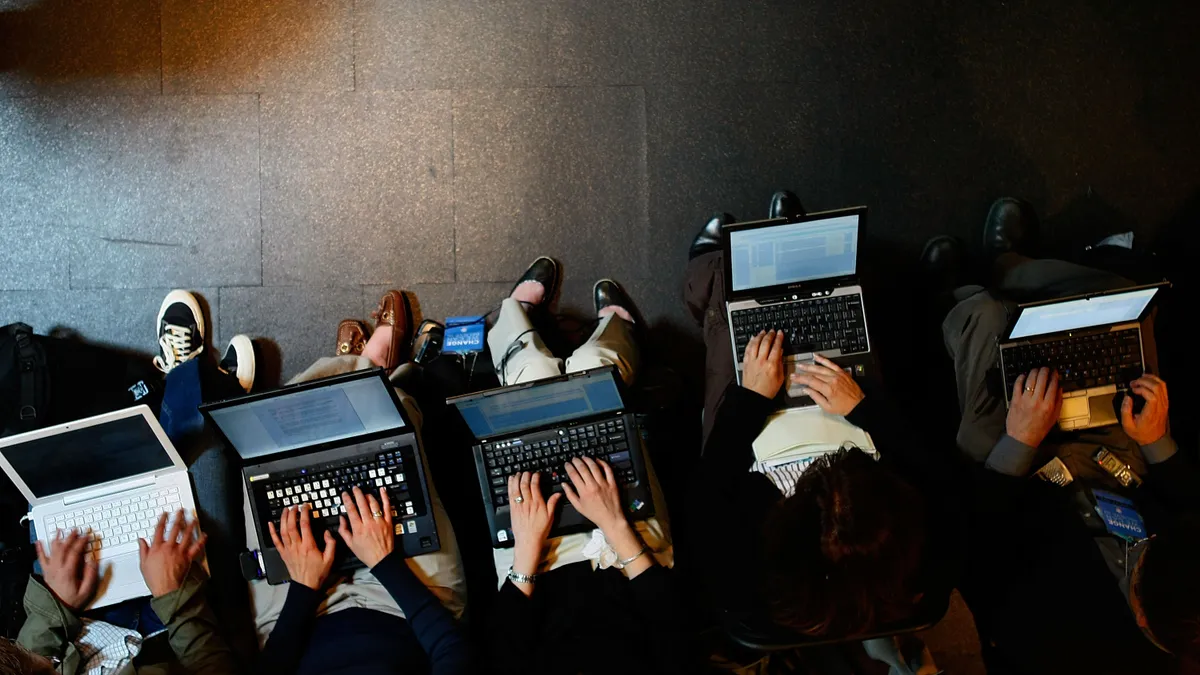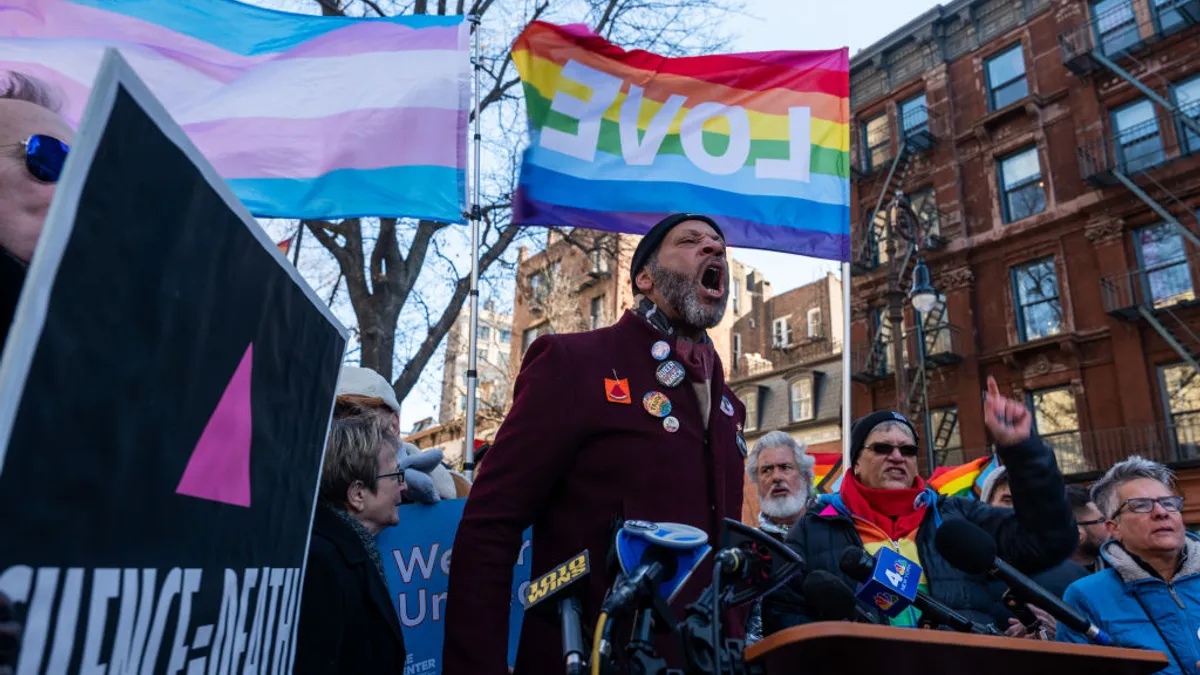Beth Chandler is president & CEO of YW Boston, an organization that helps individuals and organizations create more inclusive environments. Views are the author's own.
The horrific killing of eight people, six of whom were Asian women, in Atlanta left us stunned at the stain of racism, bias and misogyny left on the country. May, which honors AAPI heritage, came and went. I think it's important for companies to ask themselves what progress they have truly made towards standing in partnership with AAPI individuals as well as other marginalized employees.
The Stop AAPI Hate coalition determined that violence against Asian American and Pacific Islanders has skyrocketed since the beginning of the COVID-19 pandemic, yet experts believe that even more cases occur that are underreported.
The model minority myth has stratified Asians from other people of color. For far too long, communities of color have been segregated. Some, like myself, call it the "oppression Olympics," which is the idea that minority groups have to compete in order to prove that they have it worse than another group. Intersectionality is key to fostering change. The longer we stay divided, the longer the system will persist.
There is no single intervention that will lead to the solution. Creating sustainable change requires a multi-level approach — one that includes education, continuous training, and intentional policies and practices that address the structural barriers to equity and inclusion. The first place to start is with one's self and doing one's own work to better understand systems of oppression. The next place is the workplace.
The average person spends 90,000 hours at work in their lifetime. Naturally, spending such an extensive amount of time in an environment and with coworkers, it's highly probable that your behavior is shaped by the culture you're immersed in, including your awareness and participation in anti-racism. Here are five ways that companies can be a part of the solution.
Foster an inclusive culture.
Everyone within an organization can foster inclusivity by treating people with respect and dignity. How can you use your privilege to support an environment that values all employees instead of assuming or waiting for someone else to do it? It's important that we all ask ourselves this question, not just managers and leaders.
Focus on action.
It's nice that organizations have shared social media posts and employee newsletters stating their solidarity with the Asian and Black communities, but we must do more to be active participants in dismantling white supremacy. On an individual level, we can be more intentional about the language we use so that we avoid gendered language and misidentifying people of color. On an organizational level, companies can examine their data to see how people are progressing within the organization. Are different groups promoted at the same rates or are there differences by race, gender or the intersection of both?
Train for microaggressions.
Furthermore, microaggressions are rampant in workplace culture in the U.S. Employees shouldn't be prepared for if they occur, but for when. I don't believe in calling people out, but instead calling them in. We all have opportunities to use our privilege to disrupt or address microaggressions and racism, no matter our racial identity. Employees should be trained on how to avoid being a bystander when these incidents occur. And for incidents where employees do not feel comfortable directly addressing the situation, there should be processes in place for employees to anonymously report bias incidents or concerns.
Be open to receiving feedback and train employees on how to do the same.
If someone shares how our behavior has been hurtful or harmful, it's paramount to listen and to learn from the experience. While hard to do, it's important not to take the feedback personally or be defensive. Think about what you can learn to avoid a similar situation repeating. Your intentions don't ultimately matter; the impact matters.
Once you've reflected on the conversation, you may want to apologize. The key ingredients to a good apology include: acknowledging what happened, demonstrating remorse and empathy and offering restitution.
The person who has been harmed should never be put in a position of comforting you if you feel guilty. We often focus on the person who caused the harm because frequently they have more privilege than the person that was harmed. Yet, making the transgressor feel better is often done at the expense of the person who was directly impacted by the act.
Avoid tokenizing employees and putting the burden on them to fix this.
One thing companies should keep in mind before jumping into DEI education is avoid tokenizing employees who hold underrepresented identities. No one person should be pinned as the "diversity expert." Don't invite an employee to a meeting or to serve on a committee in order to check a box. Be intentional about the processes you use to gather input and feedback; there are many protocols that allow everyone's voice to be heard, including company-wide surveys.
Notice trends. Who is talking? Who is not talking? Whose ideas are implemented and who is interrupted when they share their thoughts?
Similarly, do not point to the advancement of one demographic group as proof that you are diverse. Looking wholly and intersectionally at your employee data gives you a better sense of who is left behind.
Organizations cannot wait for an egregious instance of racism before investing in DEI efforts. While it's often helpful to get support from an outside expert as you begin your DEI journey, there are numerous free resources available to listen and learn to use as a starting point. If we are going to see a widespread anti-bias cultural shift in this country, companies must play a role.





















